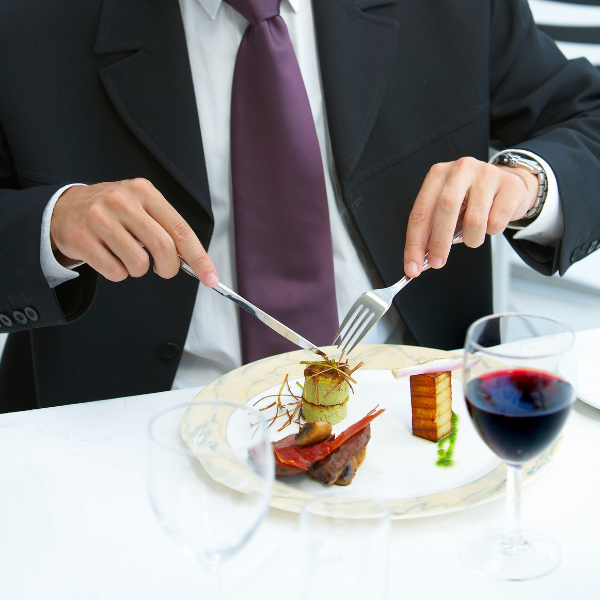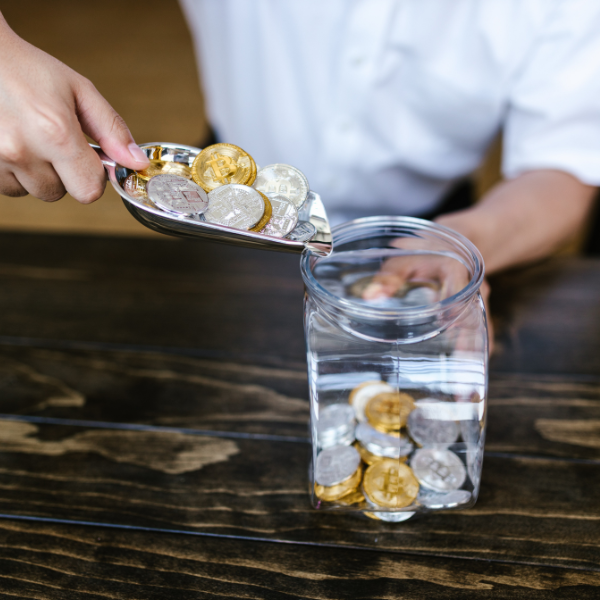There's something magical about cooking fish on the grill. The tantalizing aroma, the sizzle, and the mouthwatering flavors make it a quintessential summer delicacy. Grilling fish is not only a healthy choice, but also an art that can elevate your culinary skills. In this comprehensive guide, we will walk you through the steps to grill fish to perfection, whether you're a seasoned grill master or a novice looking to impress at your next BBQ. Get ready to unlock the secrets to cooking mouthwatering fish that will have your guests return for seconds!
Choosing The Right Fish
Selecting the right fish is crucial to a successful grilling experience. Opt for firm-fleshed fish such as salmon, tuna, swordfish, or halibut, as they hold up well on the grill and won't easily fall apart. Additionally, choose fresh fish from a reliable source to ensure the best taste and quality.
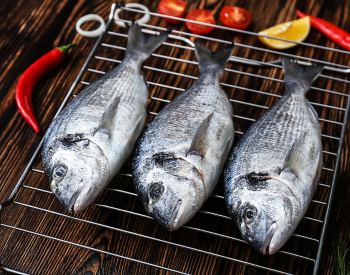
Preparation: Cleaning & Marinating
Properly preparing the fish is essential to enhance its flavors and prevent sticking to the grill. Start by cleaning the fish thoroughly, removing scales, and gutting it if necessary. Next, pat it dry with paper towels to achieve a crispy exterior.
Marinating fish adds depth and richness to the taste. Experiment with marinades like citrus, garlic, herbs, and olive oil. Allow the fish to marinate for at least 30 minutes or overnight for more intense flavors.
Prepping The Grill
Before you embark on your fish-grilling adventure, preparing your grill for optimal cooking results is essential. Properly cleaning and oiling the grill grates and preheating the grill are crucial steps to ensure your fish cooks evenly and doesn't stick to the grates.
Cleaning the Grill Grates
Start by cleaning the grill grates thoroughly to remove any residue from previous grilling sessions. Residual food particles and grease can create hot spots and affect the flavor of your fish. A clean grill also helps prevent any potential food safety issues. Use a grill brush or scraper to scrub away any stubborn debris, and then wipe the grates with a damp cloth or paper towel to finish the cleaning process. If you encounter any particularly challenging spots, consider using a mixture of water and mild dish soap to aid in the cleaning process. Once the grates are clean, rinse them thoroughly and let them air dry.
Oiling the Grill Grates
After cleaning, it's crucial to oil the grill grates to prevent the fish from sticking. A well-oiled surface will also aid in achieving those beautiful grill marks that enhance the visual appeal of your dish. To oil the grates, fold a paper towel and dip it in high-heat cooking oil with a neutral flavor, such as vegetable or canola oil. Using long-handled tongs, rub the oiled paper towel over the grates, ensuring even coverage. Be cautious when oiling the grates, as the oil can cause flare-ups when it comes into contact with hot coals or burners.
Preheating The Grill
Once the grates are clean and oiled, it's time to preheat the grill. Preheating ensures the grates reach the desired cooking temperature and creates an optimal cooking environment for your fish. For most fish recipes, preheat the grill to medium-high heat, which is typically around 375°F to 450°F (190°C to 230°C). It's best to use a reliable grill thermometer to gauge the temperature accurately. Preheating usually takes about 10 to 15 minutes, depending on your grill's size and fuel source.
Preheating the grill creates the perfect cooking environment for your fish. The hot grates sear the fish upon contact, sealing in its natural juices and flavors. This process prevents the fish from sticking to the grates and ensures even cooking. A properly preheated grill also reduces the risk of overcooking or undercooking the fish, allowing you to achieve that delightful balance between a crispy exterior and a moist, tender interior.
Mastering The Grill: Techniques For Perfectly Grilled Fish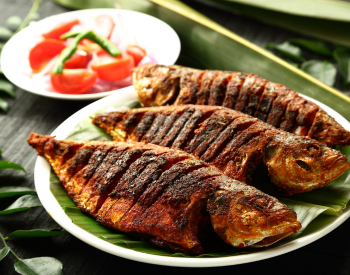
- Direct grilling: For fish fillets or steaks, place them directly on the preheated grill. Flip only once during cooking to maintain the integrity of the flesh. Follow specific cooking times depending on the thickness of the fish to avoid overcooking.
- Indirect grilling: This method is ideal for whole fish or delicate fillets. Place the fish away from the direct heat source, allowing it to cook gently and evenly. Use a grilling basket or foil to prevent sticking and make flipping easier.
- Cedar plank grilling: Infuse your fish with a smoky, earthy flavor by grilling it on a soaked cedar plank. Soak the plank for at least an hour before placing it on the grill and cooking the fish on top.
Monitoring Doneness
Fish is cooked perfectly when it becomes opaque and easily flakes with a fork. Use a meat thermometer to check for an internal temperature of 145°F (63°C) for optimal doneness. Overcooked fish can become dry and lose its delicate flavors, so keep a close eye on the cooking process.
Safety Precautions
Ensuring food safety is paramount when grilling fish or any other type of food. Handling raw fish requires special attention to prevent cross-contamination and the spread of harmful bacteria. Here are some essential tips to follow for a safe and enjoyable grilling experience:
Use Separate Cutting Boards & Utensils
Designate specific cutting boards and utensils exclusively for handling raw fish. Keeping them separate from other ingredients, such as vegetables or cooked food, minimizes the risk of cross-contamination. Raw fish can contain bacteria like salmonella or E. coli, which can cause foodborne illnesses if transferred to other foods. Having separate tools ensures that no harmful pathogens are inadvertently transferred during the grilling process.
Thoroughly Wash Hands & Surfaces
Before and after handling raw fish, always wash your hands thoroughly with soap and warm water for at least 20 seconds. Proper handwashing is one of the most effective ways to prevent the spread of bacteria. Additionally, clean and sanitize surfaces, cutting boards, or utensils that come into contact with raw fish. Avoid touching other food items or surfaces after handling raw fish until your hands and tools are thoroughly cleaned.
Practice Safe Food Storage
When marinating fish, always do so in the refrigerator, not at room temperature. Marinating at room temperature can promote bacterial growth and compromise the safety of the fish. Store raw fish separately from other foods in the refrigerator to avoid cross-contamination. Ensure that the refrigerator temperature is set at 40°F (4°C) or below to maintain the freshness of the fish and reduce bacterial growth.
Monitor Grill & Prevent Flare-Ups
While grilling fish, keeping a close eye on the grill is crucial to prevent flare-ups. Flare-ups occur when fat or marinade drips onto the hot coals or burners, causing sudden bursts of flames. These flames can lead to uneven cooking and charred spots on the fish. To prevent flare-ups, trim excess fat from the fish and use a drip pan or aluminum foil to catch any drippings. If a flare-up does occur, move the fish to a cooler part of the grill until the flames subside.
Use A Food Thermometer
To ensure the fish is thoroughly cooked and safe to eat, use a food thermometer to check the internal temperature. Fish should reach an internal temperature of 145°F (63°C). Insert the thermometer into the thickest part of the fish, away from bones or the grill's surface, for an accurate reading.
Serve & Enjoy
Once your fish is perfectly grilled, remove it from the heat and let it rest for a few minutes to allow the juices to redistribute. Serve your grilled fish with fresh lemon wedges, a sprinkle of sea salt, and your favorite sides like grilled vegetables or a refreshing salad.
In addition to serving your perfectly grilled fish with fresh lemon wedges and a sprinkle of sea salt, consider using high-quality servingware to elevate the dining experience. Presenting your culinary masterpiece on elegant plates or platters adds a touch of sophistication and showcases the effort you put into creating a delicious meal. Opt for stylish and durable serving dishes that complement the vibrant colors and textures of the grilled fish and sides.
Furthermore, invest in quality utensils such as forks or serving spatulas specifically designed for serving seafood. These utensils make it easier to handle the delicate fish without damaging its flaky texture. Serving with finesse will impress your guests and enhance the overall dining ambiance, making it a memorable experience for everyone at the table.
Additionally, consider pairing your grilled fish with condiments, such as homemade tartar sauce, mango salsa, or garlic aioli, to provide delightful flavor contrasts. A well-curated sauce or condiment selection can take your fish dish to the next level and allow your guests to customize their culinary journey.
Remember that presentation is an essential aspect of the dining experience, and investing in high-quality serving ware reflects your attention to detail and passion for culinary excellence. So, complete your grilling masterpiece with elegant serving ware and thoughtful accompaniments to ensure that your guests not only savor the delicious flavors but also enjoy a feast for the eyes. Bon appétit!
Happy Grilling!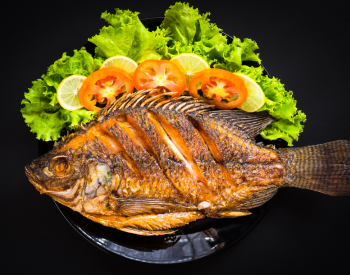
Grilling fish is an art that can transform your culinary skills and impress your guests with mouthwatering flavors. From choosing the right fish to mastering grilling techniques, this guide has equipped you with the knowledge to become a fish grilling expert. Remember to prioritize safety, experiment with marinades, and savor the delicious rewards of your grilled fish endeavors. So, fire up the grill, and let your journey to fish grilling greatness begin!


